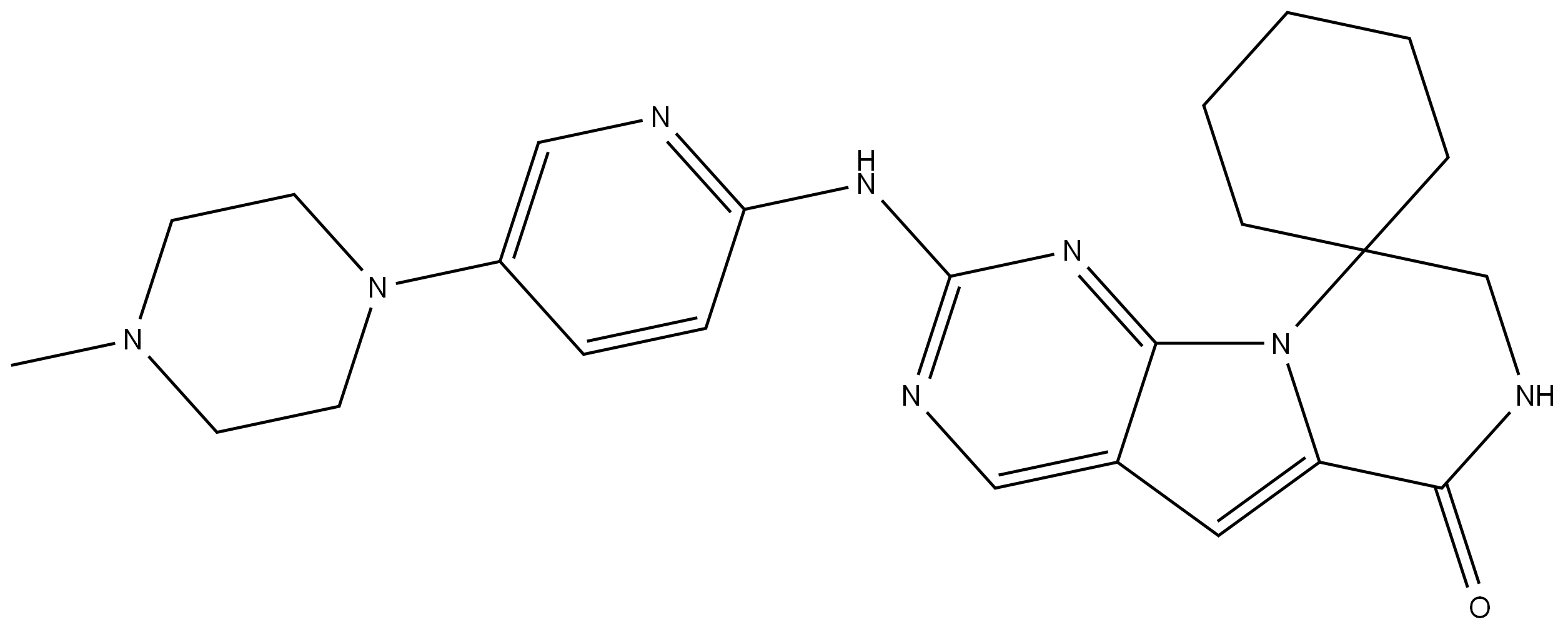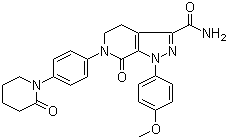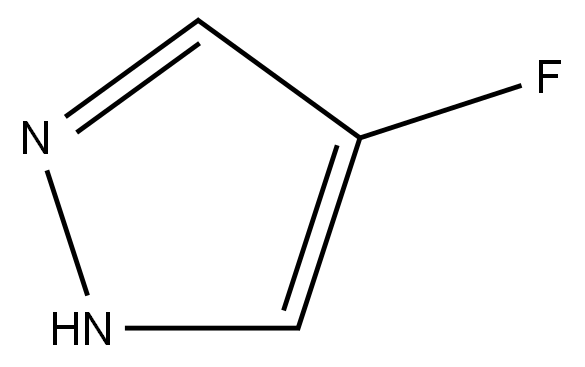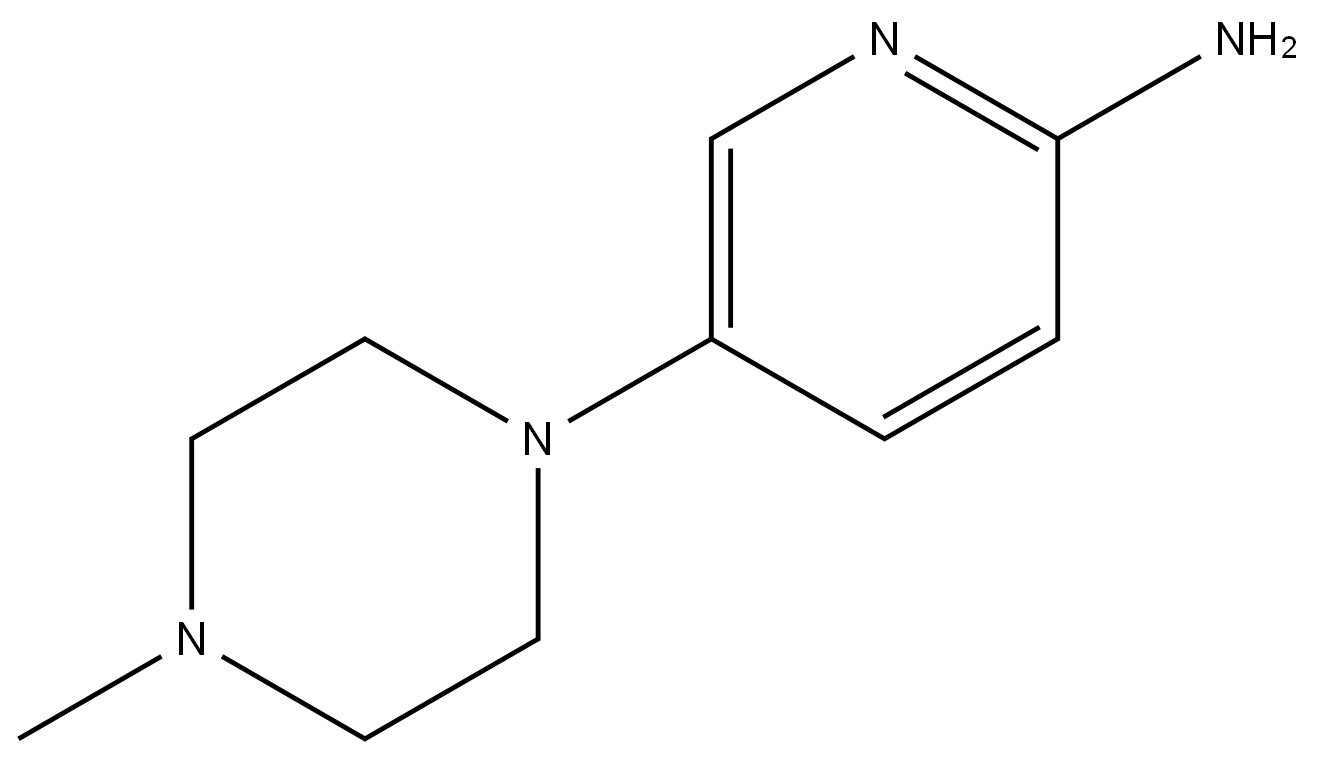
1374743-00-6
- Product Name:Trilaciclib
- Molecular Formula:C24H30N8O
- Purity:99%
- Molecular Weight:446.55
Product Details:
CasNo: 1374743-00-6
Molecular Formula: C24H30N8O
Purity: 99%
Synonyms: 2'-((5-(4-methylpiperazin-1-yl)pyridin-2-yl)amino)-7',8'-dihydro-6'H-spiro[cyclohexane-1,9'-pyrazino[1',2':1,5]pyrrolo[2,3-d]pyrimidin]-6'-one; 2'-((5-(4-methylpiperazin-1-yl) yridine-2-yl)amino)-7',8'-dihydro-6'H-spiro[cyclohexane-1,9'-pyrazino[1',2':1,5]pyrrolo[2,3-d]pyrimidin]-6'-one; Spiro[cyclohexane-1,9'(6'H)-pyrazino[1',2':1,5]pyrrolo[2,3-d]pyrimidin]-6'-one, 7',8'-dihydro-2'-[[5-(4-methyl-1-piperazinyl)-2-pyridinyl]amino]-; 2'-[4-(4-methylpiperazin-1-yl)anilino]-7',8'-dihydro-6'H-spiro[cyclohexane-1,9'-pyrazino[1',2':1,5]pyrrolo[2,3-d]pyrimidin]-6'-one; Trilaciclib (G1T28)
Density: 1.46±0.1 g/cm3
Solubility: H2O:15.0 (Max Conc. mg/mL); 33.59(Max Conc. mM)
Form: solid
Pka: 13.33±0.20
Description:
Trilaciclib is a small molecule, competitive inhibitor of cyclin dependent kinases 4 and 6 (CDK4/6), with potential antineoplastic and chemoprotective activities.
Uses:
Trilaciclib is indicated to reduce the frequency of chemotherapy-induced bone marrow suppression in adults receiving certain types of chemotherapy for extensive-stage (when the cancer has spread beyond the lungs) small cell lung cancer.
Mechanism of action:
Trilaciclib is inhibits cyclin-dependant kinase 4 (CDK4) at a concentration of 1 nmol/L and cyclin-dependent kinase 5 (CDK5) at 4 nmol/L. Inhibition of CDK2, CDK5, and CDK7 is over 1000-fold less at these concentrations and inhibition of CDK9 is 50-fold less. CDK4 and CDK5 are expressed in hematopoietic stem cells and progenitor cells. They are capable of phosphorylating and inactivating the retinoblastoma protien; a tumor suppressor. When trilaciclib is given to patients with retinoblastoma protein-null small cell lung cancer, it does not interfere with the intended chemotherapy induced cytotoxicity of cancer cells. Inhibition of CDK4 and CDK5 leads to a reversible pause in the cell cycle in the G1 phase for approximately 16 hours. The temporary cell cycle arrest prevents chemotherapy induced DNA damage in healthy cells, reducing the activity of caspases 3 and 7, which reduces apoptosis of healthy cells. Other studies have shown inhibitors of CDK4 and CDK6 enhance T-cell activation, upregulating major histocompatibility complex (MHC) class I and II, and stabilize programmed death-ligand 1 (PD-L1). Together these activities increase T-cell activity, increase antigen presentation, and sensitize cells to immune checkpoint inhibitors.
Pharmacology:
Trilaciclib is indicated to reduce the incidence of chemotherapy induced myelosuppression in patients prior to receiving platinum and etoposide-containing or topotecan-containing chemotherapy regimens for extensive-stage small cell lung cancer. It has a short duration of action of approximately 16 hours, and a narrow therapeutic index. Patients should be counselled regarding the risk of injection site reactions, hypersensitivity, and interstitial lung disease.
Synthesis:
The synthesis of trilaciclib is as follows:
Intermediate 2 (21.1 g, 70 mmol) and 1-methyl-4-(6-aminopyridin-3-yl)piperazine (13.4 g, 70 mmol) were added to a 100 mL vacuum tube and reacted at 230° C. for 3 h.After the reaction, 300 mL of ethyl acetate was added, washed with water (120 mL) and saturated brine (120 mL) successively, dried with anhydrous sodium sulfate and filtered, the obtained solution was evaporated under reduced pressure to remove the solvent, and the obtained residue was recrystallized with ethanol, 27.5 g of Trilaciclib was obtained with a purity of 99% and a yield of 88%.

Drug interactions:
Trilaciclib is indicated to reduce the incidence of chemotherapy induced myelosuppression in patients prior to receiving platinum and etoposide-containing or topotecan-containing chemotherapy regimens for extensive-stage small cell lung cancer.
Relevant Products
-
Apixaban
CAS:503612-47-3
-
4-Fluoro-1H-pyrazole
CAS:35277-02-2
-
1-Methyl-4-(6-aminopyridin-3-yl)piperazine
CAS:571189-49-6








